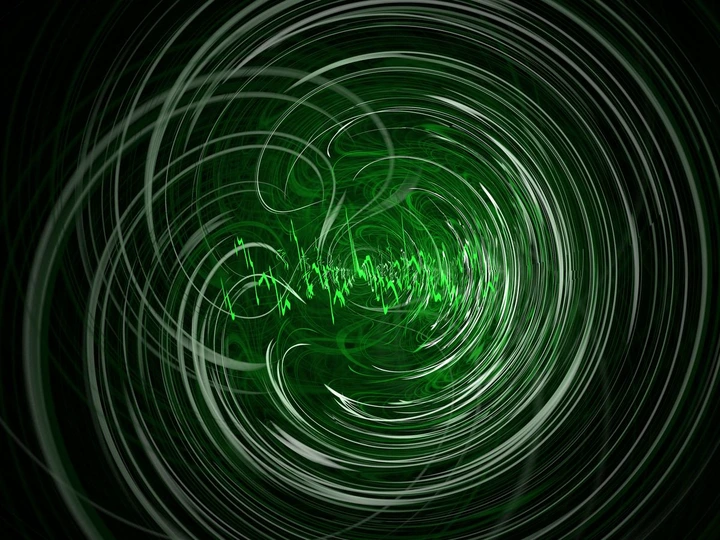It appears that they are selectively embracing the quantum properties that appeal to them.

View pictures in App save up to 80% data.
In the realm of three-dimensional space, particles fall into two distinct categories: bosons and fermions, each possessing characteristics that differentiate them. However, the universe can present some peculiarities – certain interactions among particles can mimic the behavior of a particle, and these are referred to as quasiparticles. Scientists have recently identified an entirely novel category of quasiparticles that exhibit behaviors unlike any particle previously observed.
This group of particles is referred to as fractional excitons, exhibiting characteristics similar to both bosons and fermions, while also possessing unique traits that set them apart. The researchers who uncovered these quasiparticles are optimistic about their potential applications in various fields.
“Our findings point toward an entirely new class of quantum particles that carry no overall charge but follow unique quantum statistics,” study co-author Jia Li, an associate professor of physics at Brown University, said in a statement.
Li added, "What makes this discovery truly thrilling is that it reveals a variety of new quantum phases of matter, paving the way for future exploration, enhancing our grasp of fundamental physics, and potentially creating fresh avenues in quantum computing."
An exciton – even the regular flavor – is a weird little beastie. An electron is taken out of a material, so you have the electron and the “hole” it has left behind. The hole is positively charged, and so electrons can start orbiting the hole. That’s an exciton.
One method to generate excitons is through the quantum Hall effect. By cooling a material like graphene to very low temperatures and subjecting it to intense magnetic fields, a lateral voltage emerges within the material, increasing in distinct, separate increments. This phenomenon exemplifies quantum mechanics, but there's an even more intriguing enhancement to consider.
Then there is the fractional quantum Hall effect, where the steps carry only a fractional charge of the electron. Now this is indeed peculiar, as the charge of the electron is the fundamental charge of nature, so you can’t have 0.3 electron charges or 2.5 electron charges – yet you can have a fractional charge in quasiparticles thanks to the fractional quantum Hall effect.
By constructing this effect with two layers of graphene isolated by a hexagonal boron nitride insulating crystal, the researchers successfully generated fractional excitons. These excitons occupy a unique state between fermions and bosons, similar to another quasiparticle known as an anyon that is found in two-dimensional materials. However, their behavior does not align with that of anyons either.
“This unexpected behavior suggests fractional excitons could represent an entirely new class of particles with unique quantum properties,” explained Naiyuan Zhang, co-first author with Ron Nguyen and Navketan Batr all at Brown. “We show that excitons can exist in the fractional quantum Hall regime and that some of these excitons arise from the pairing of fractionally charged particles, creating fractional excitons that don’t behave like bosons.”
Excitons are present in semiconductors and various other materials, impacting numerous processes and phenomena in widely used technologies. The identification of a novel type of exciton could pave the way for innovative applications.
"We have effectively opened up a new avenue for investigating and interacting with this phenomenon, and we are just starting to explore its possibilities," Li remarked. "This is the inaugural demonstration of the experimental existence of these particle types, and we are now looking further into the potential implications they may hold."
A paper describing the results is published in the journal Nature.









